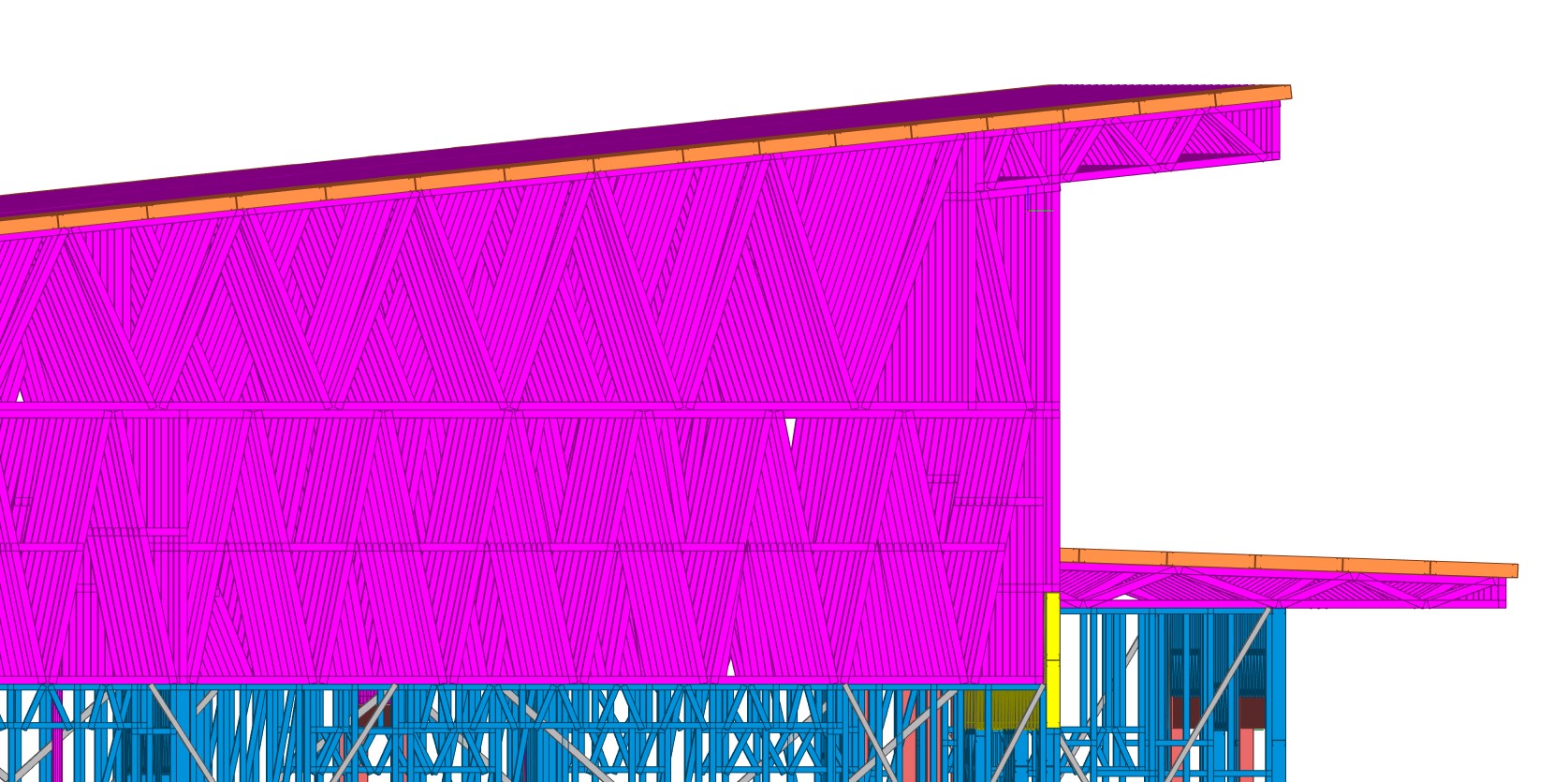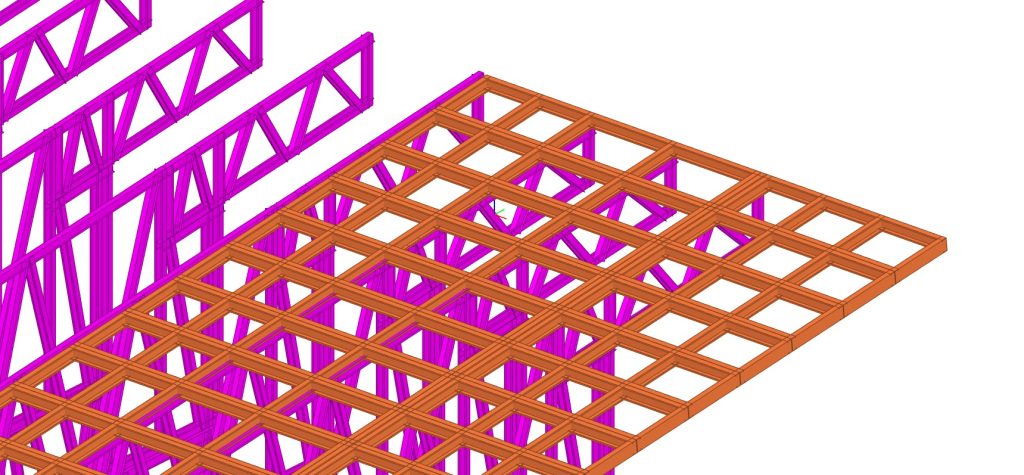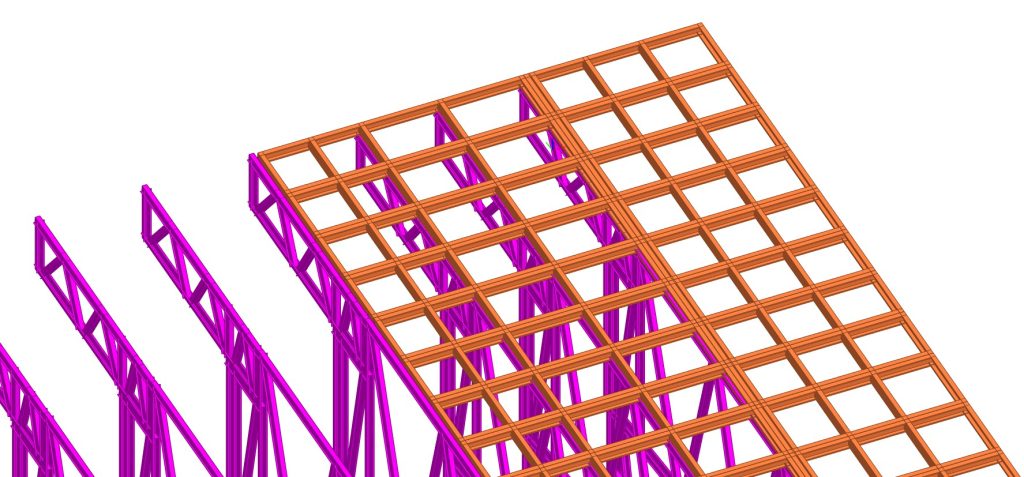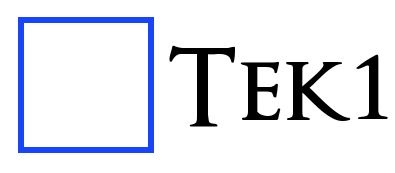I recently worked on a Light Gauge Steel (LGS) detailing project for a single-story building. Mickleham Child Care. The project involved a 6° sloped metal roof, supported by 2-inch top-hat trusses.
Refer the below image:


The building also had a roof overhang on both the top and bottom eaves, which needed proper support framing.
Refer the below image:

To cover the overhangs efficiently, I proposed a hybrid roof concept, combining roof trusses with a roof frame. The client reviewed and approved this concept, and I prepared the framing layout accordingly.
Challenges Faced During Detailing
As a designer and detailer, I always try to provide practical solutions based on the information available, keeping in mind both structural logic and constructability. However, as I’m not a licensed structural engineer, I work within the limits of what’s acceptable from a detailing standpoint.
After submitting the overhang frame design, we had a Teams meeting with the client and their team. They shared a few valuable suggestions to improve stability:
- Use double noggings for better bracing:
The initial design had single noggings, but the client pointed out that double noggings improve lateral stability, especially in wind-prone regions or when the overhang is long. Doubling up helps reduce flex and provides better load distribution.
Refer the below image:

- Use triple studs at key points:
At certain locations, studs were positioned directly above supporting members or points bearing higher loads. The client recommended triple studs to prevent buckling and improve vertical load transfer in those critical areas.
Refer the below image:

- Re-orient the overhang frame layout:
Initially, I had vertical members as studs and horizontal members as noggings. The client suggested a reversal — horizontal members as studs and vertical members as noggings — so that the framing better supported the roof sheeting direction and provided more consistent strength along the overhang.
These insights from the client were genuinely helpful and added value to the final outcome.
Practical Constraints and Adaptation
Initially, I had created the frame using the Scottsdale software, which by default builds vertical studs and horizontal noggings. To meet the client’s updated request, I had to manually revise the layout in the Scot simulator, which took some additional time and effort. I explained this to the client, and they understood that software limitations sometimes require a manual approach.
While making these changes, I also adjusted the truss height to match the roof RL ensuring that the roof frame sitting above the truss aligned perfectly with the original design elevation. The final result was a stable, clean solution that maintained the intended levels and supported the overhang well.
Reflecting on a Similar Experience
After this session, I revisited an earlier job I worked on – Lot 202 Mount Keira Rd, Mount Keira – where I had used a similar overhang framing concept. That job was successfully completed on site without any issues, and the detailing approach was almost the same as my original proposal in this current project.
This comparison helped me realize that different clients can have different expectations, even for similar framing problems. It’s not always about what’s right or wrong – it’s about understanding the specific needs of each project and adapting to them.
What I Learned
This experience was a strong reminder of a few key things:
- Client feedback is essential — it helps enhance and refine design decisions.
- Software is just a tool — manual adjustments are sometimes necessary to suit real-world conditions.
- Every project is a learning opportunity, even when the problems feel familiar.

Leave a Reply